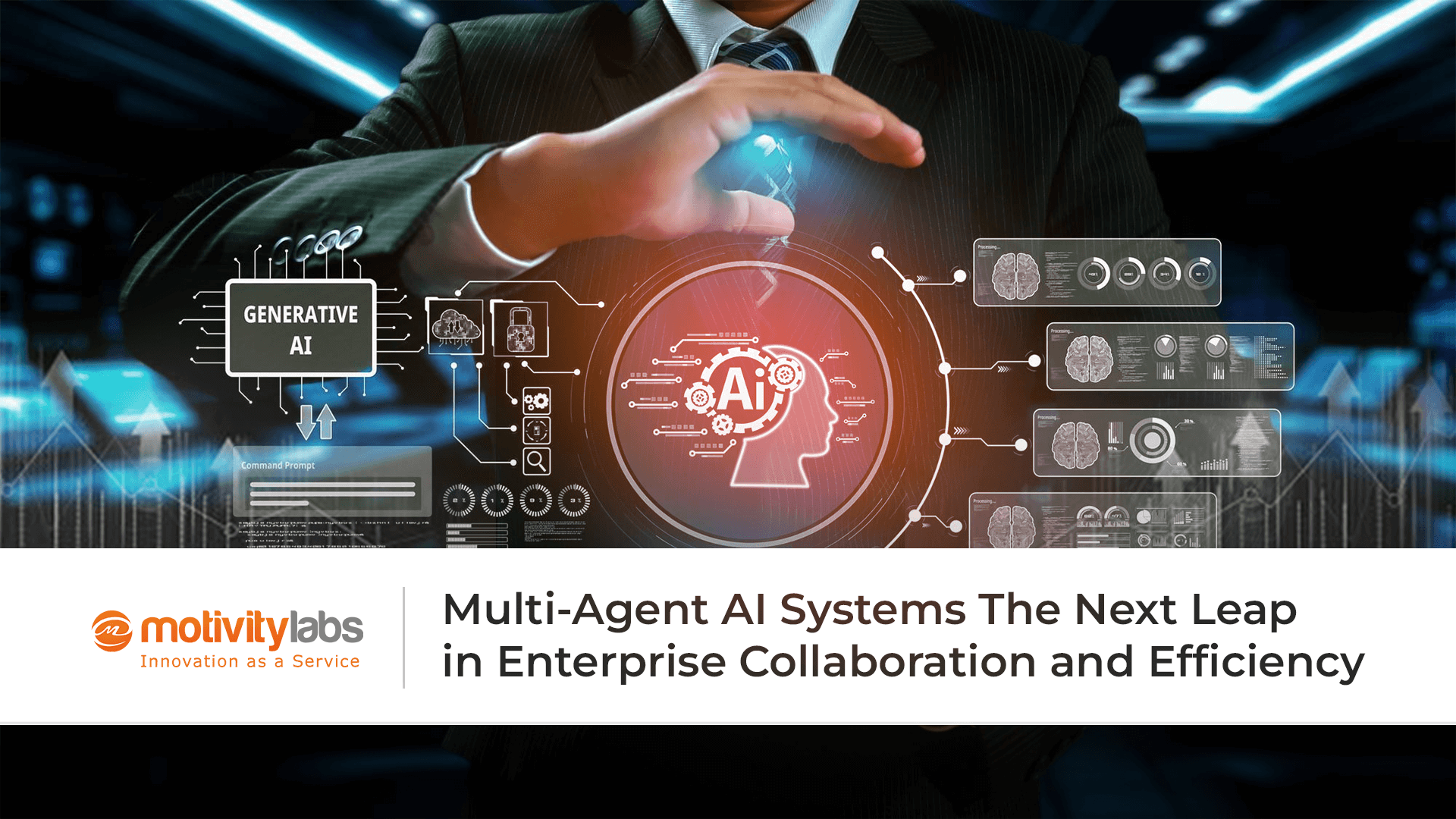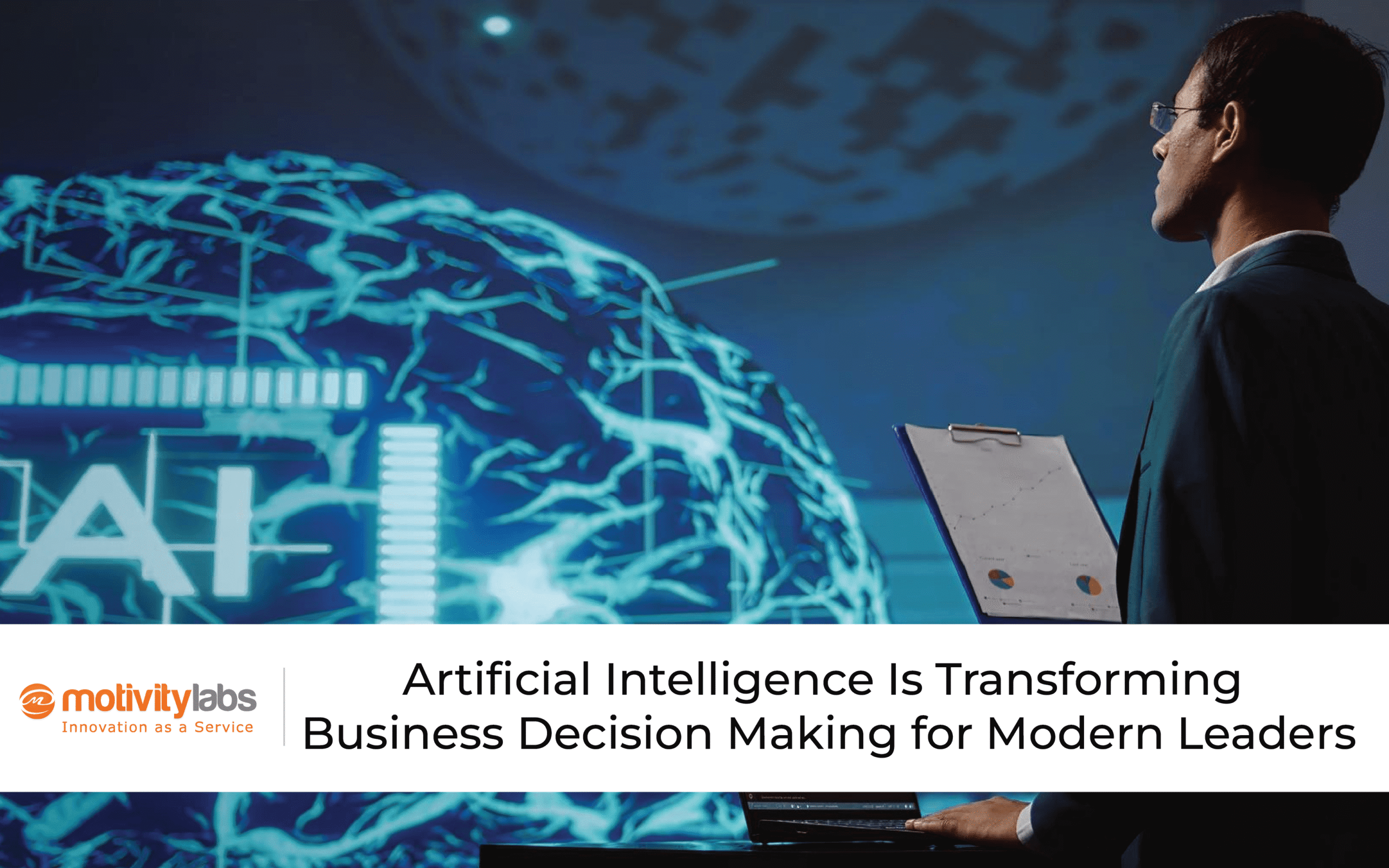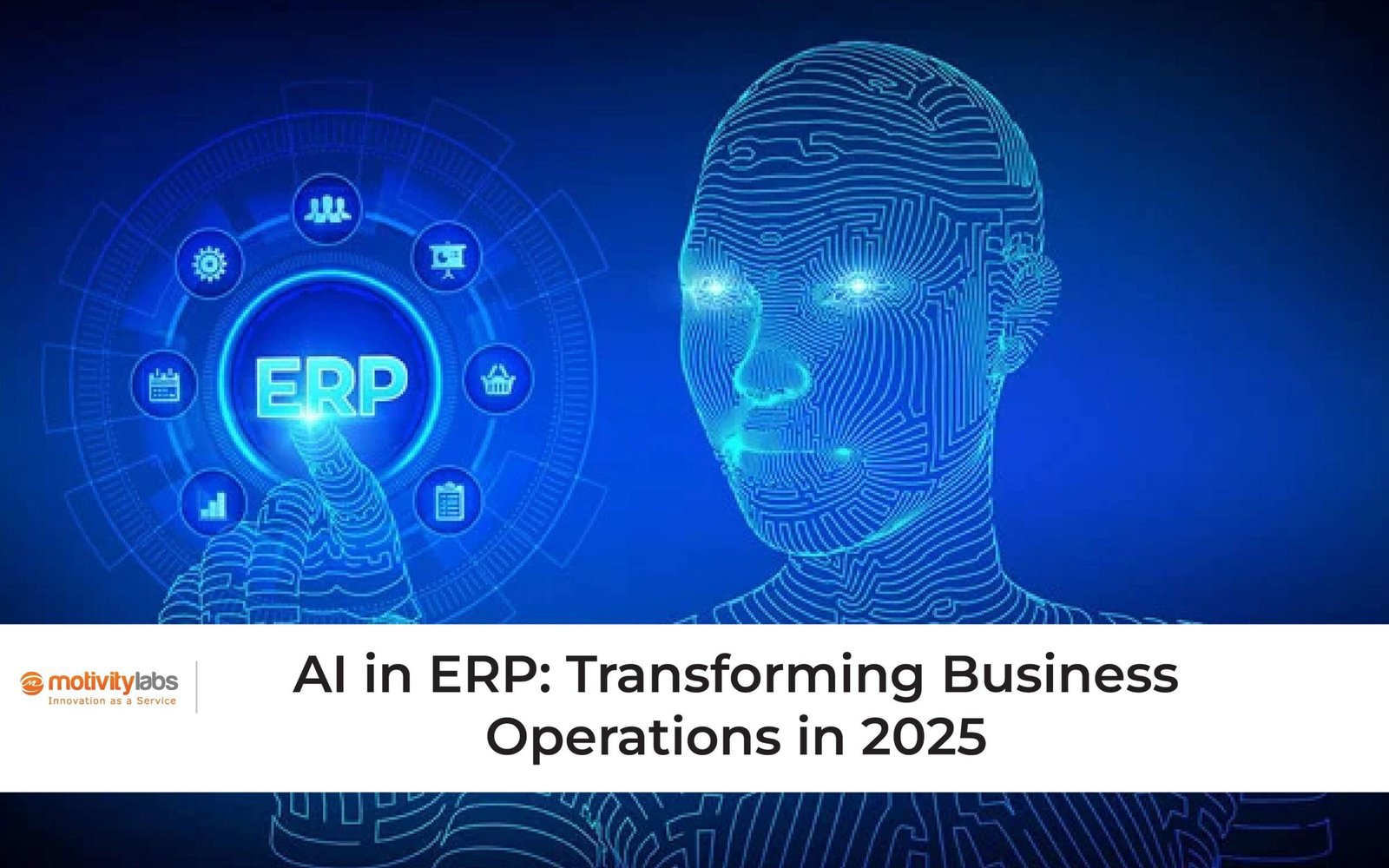Multi-agent AI systems are revolutionizing how enterprises approach collaboration, decision-making, and automation. These systems comprise multiple intelligent agents that work together to complete complex tasks, solve intricate problems, and optimize workflows. Businesses today need adaptive, scalable solutions to manage increasing data volumes and fast-changing market dynamics. Multi-agent AI systems offer that advantage with remarkable efficiency.
In a competitive landscape, silos hinder innovation. Enterprises lose valuable time when departments operate in isolation, relying on manual interventions and disparate tools. Multi-agent systems break down these silos. Each agent, powered by AI, functions autonomously but also communicates with other agents to achieve shared objectives. This decentralized intelligence model mimics real-world teams, where roles and responsibilities are distributed yet synchronized.
The Core of Multi-Agent AI Systems
A multi-agent system is a network of intelligent entities capable of perception, reasoning, communication, and action. Each agent is assigned specific tasks. These tasks may include analyzing data, optimizing resources, triggering workflows, or making predictions. Together, they coordinate through shared goals or pre-defined protocols to solve broader enterprise challenges.
Single AI models often struggle with multitasking or adaptability. Multi-agent systems, on the other hand, thrive in environments that demand distributed thinking. Their architecture supports specialization, allowing each agent to focus on a specific task while contributing to a shared goal.
One agent might monitor inventory in real-time. Another agent might forecast demand based on historical data. A third might manage supplier communication. Coordination ensures decisions are not isolated but contextual and optimized across functions.
Real-Time Collaboration Without Human Bottlenecks
In a traditional enterprise setup, collaboration often depends on human intervention. Emails, meetings, and status reports consume time and introduce delays. Multi-agent AI systems replace these touchpoints with seamless machine-to-machine communication. Agents can make real-time decisions without needing constant human approvals.
For instance, in customer support, one agent analyzes customer sentiment from emails or chats. Another agent classifies the issue. A third agent recommends a resolution or routes the case to the suited department. The interaction feels fluid and instantaneous. The customer experiences faster resolution. The business saves operational costs.
Scalable Intelligence for Every Business Unit
Modern enterprises manage various functions, such as finance, operations, sales, HR, and IT. Each has unique needs and data sources. Multi-agent AI systems can easily scale across different departments. They adapt to domain-specific tasks while still aligning with enterprise-wide goals.
Sales agents can forecast revenue based on buyer behavior. Finance agents can manage real-time risk models. Operations agents monitor supply chains. HR agents analyze employee engagement. The modular architecture allows you to add, remove, or upgrade agents as your requirements evolve. This flexibility gives businesses a dynamic intelligence layer across all units.
Use Cases Redefining Enterprise Efficiency
Multi-agent AI systems are driving innovation across industries by transforming how core business functions operate. These systems enable real-time coordination, intelligent automation, and scalable decision-making.
Here are some impactful use cases demonstrating how they boost enterprise efficiency:
1. Smart Manufacturing: Factories use AI agents to monitor equipment, predict maintenance needs, and automatically adjust production lines. A McKinsey report found that AI-powered predictive maintenance can reduce machine downtime by up to 50% and increase asset lifespan by 40%.
2. Autonomous Finance: In banking or fintech, agents detect fraud, manage portfolios, and ensure compliance. Multiple agents evaluate risk and flag suspicious activities. Some even interact with customers for verification, completing the process without human delays.
3. Supply Chain Optimization: From warehouse management to last-mile delivery, AI agents communicate in real time to address disruptions, reroute shipments, and manage vendor interactions. This coordination increases resilience and reduces operational costs.
4. Personalized Marketing: Agents analyze user data, browsing history, and engagement to deliver personalized content or offers. These decisions happen instantly and evolve with every interaction. Marketing becomes more intuitive and conversion-friendly.
5. Healthcare Collaboration: Hospitals deploy agents to manage patient records, coordinate appointments, assist with diagnosis, and ensure follow-ups. These systems help reduce clerical tasks, allowing medical staff to spend more time on patient care.
Multi-Agent AI Systems vs. Traditional AI Models
Traditional AI often functions in isolation. A model trained to predict customer churn does only that. It may be highly accurate, but it lacks contextual awareness of marketing strategies, service quality, or sales performance. Multi-agent systems integrate all of these.
Agents communicate insights. One agent identifies churn risk, another correlates it with low service ratings, and a third proposes retention strategies. This collaborative intelligence drives more actionable outcomes. It builds a unified understanding across different datasets and departments.
Moreover, traditional AI requires centralized processing. Multi-agent systems distribute the load. This not only improves performance but also resilience. If one agent fails or underperforms, others compensate. The system adapts in real-time.
Architecting a Multi-Agent Enterprise Ecosystem
The foundation of an effective multi-agent AI system lies in robust design and integration. Here’s what a future-ready ecosystem includes:
- Autonomous Agents: Each agent has a clear role, defined actions, and independent reasoning capabilities.
- Inter-Agent Communication Protocols: Agents share data using structured messages or semantic models.
- Centralized Orchestration Layer: While agents operate independently, a central layer ensures they align with enterprise objectives.
- Data Interoperability: Agents must access, understand, and analyze diverse data formats from different systems.
- Feedback Loops: Continuous learning and adaptation based on results, enabling system evolution over time.
Enterprises can deploy such systems in a modular fashion. Begin with high-impact departments such as operations or customer support. As confidence builds, expand across the enterprise. Since each agent is specialized, scaling does not require system-wide retraining.
AI Ethics and Governance
With growing intelligence and autonomy, governance becomes critical. Each agent’s actions must adhere to compliance standards, ethical principles, and privacy regulations. Enterprises need transparent AI policies. Audit trails, explainable models, and human oversight mechanisms must be integrated.
Multi-agent systems must also be designed with fairness and inclusivity. Biased agents can skew results, impacting decision quality and public trust. Continuous evaluation ensures agents evolve ethically alongside their technical performance.
Future Outlook: Autonomous Enterprises
Multi-agent AI systems represent the blueprint for autonomous enterprises. These are organizations where core functions operate with minimal human input yet remain fully aligned with business strategy. Decision-making becomes faster, more informed, and less prone to error.
In the next five years, enterprises will not just adopt AI. They will coordinate networks of AI agents across their ecosystems. Supply chains, customer journeys, and internal operations are all interconnected through autonomous, intelligent collaboration.
Businesses that embrace this evolution gain more than efficiency. They unlock agility, innovation, and resilience. In a world where market conditions change overnight, having a dynamic intelligence system is not a luxury. It is a competitive necessity.
Motivity Labs as Your Innovation Partner
Motivity Labs helps businesses unlock the transformative potential of multi-agent AI systems. From strategic planning to deployment, its AI solutions enable the creation of intelligent, collaborative ecosystems. The company specializes in custom agent development, data integration, and AI orchestration tailored to align with specific business goals.
With deep expertise and a forward-thinking approach, Motivity Labs positions enterprises to lead in the era of autonomous operations. Enterprises looking to enhance collaboration and efficiency through AI can explore how multi-agent AI systems drive advanced decision-making and innovation. Motivity Labs stands ready to guide organizations through their AI transformation journey.


